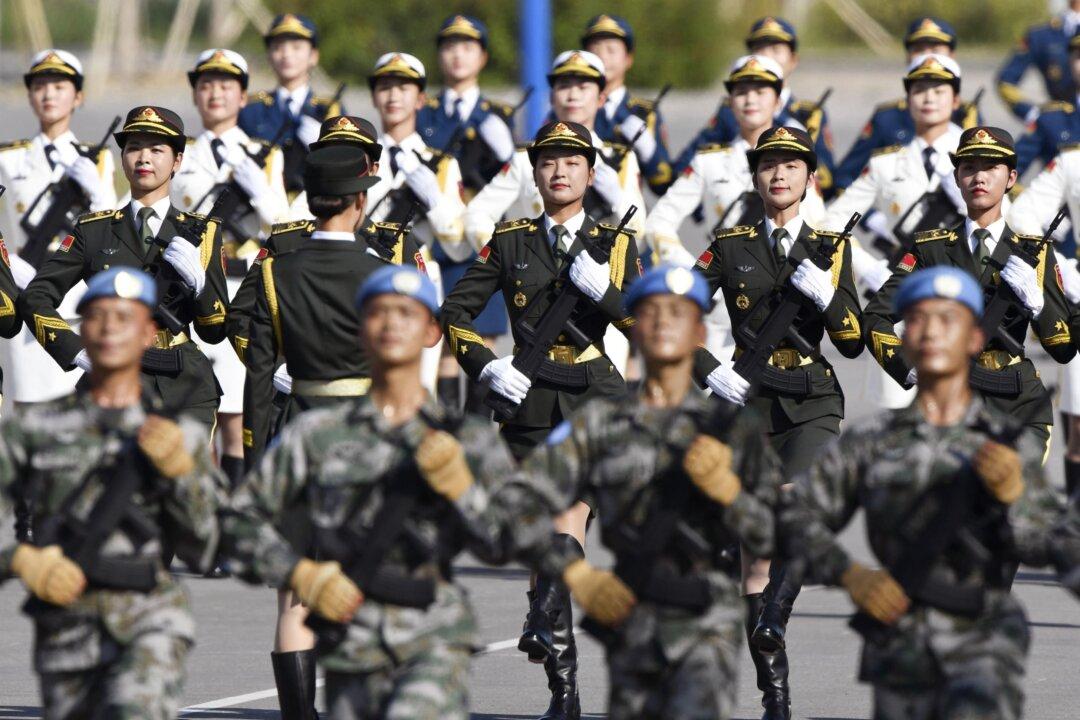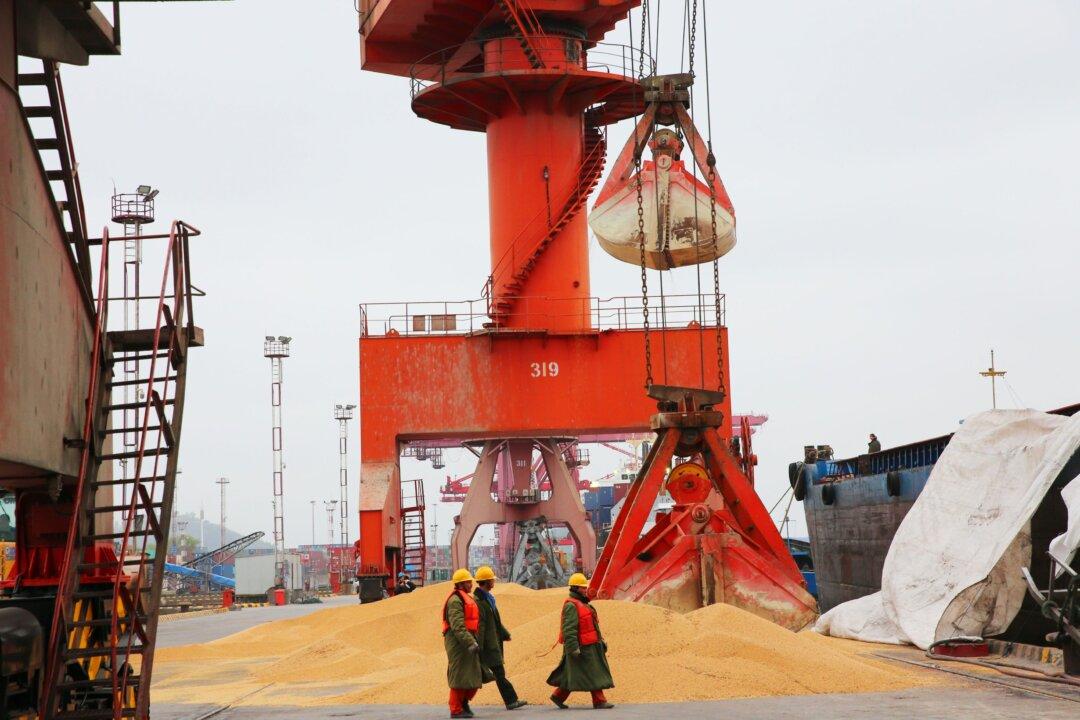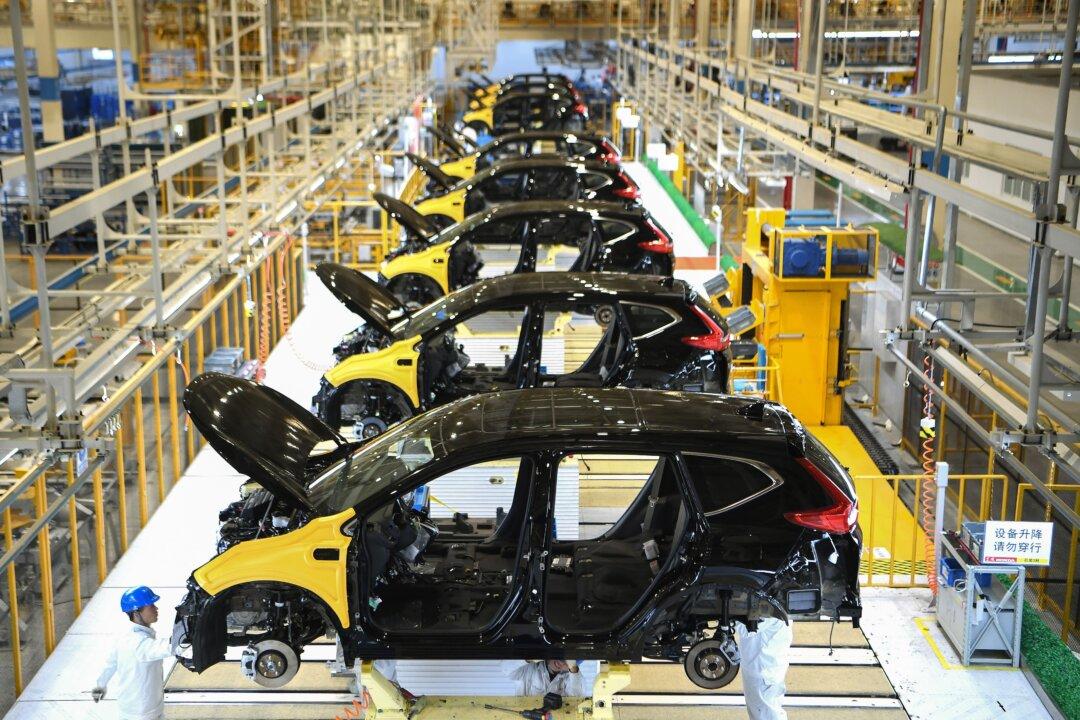A new C4ADS report reveals that China through its Military-Civil Fusion strategy seeks to fully-integrate its civilian industry base into the People’s Liberation Army supply chain. The military think tank also says that Western companies and universities engaging with Chinese firms and institutions should guard against misappropriation of their technology.
Chinese leader Xi Jinping claimed on Sept. 25 that China’s prowess to engineer and construct Beijing’s $63 billion Daxing International Airport in just five years demonstrates “the political advantages of the Communist Party leadership and China’s socialist system that can mobilize all sources to make great achievements.”





